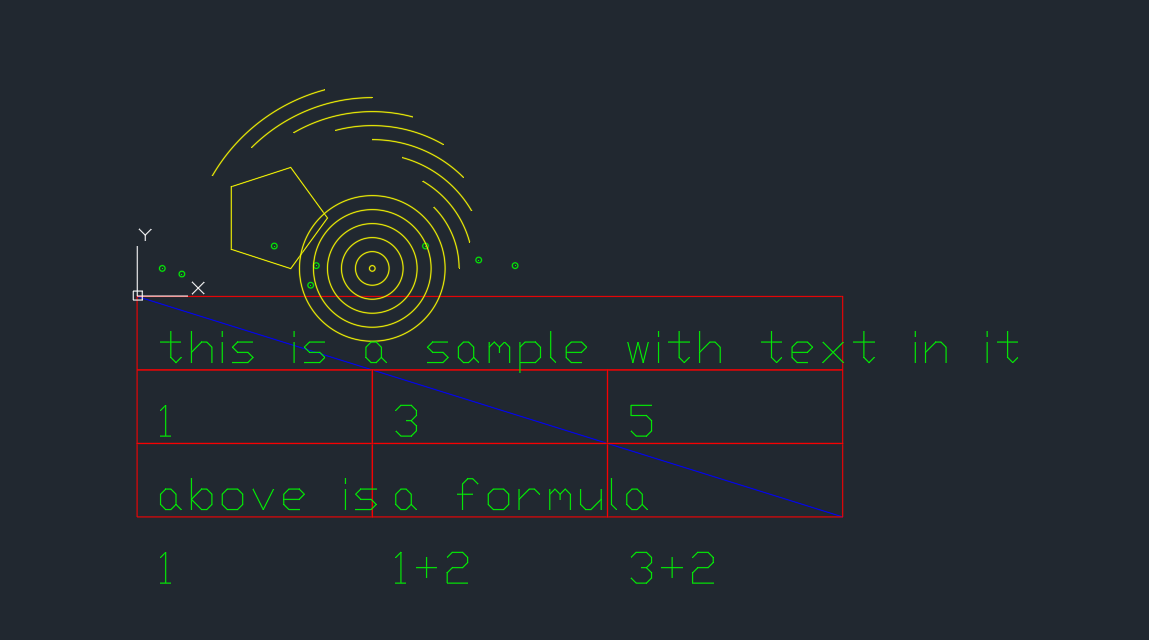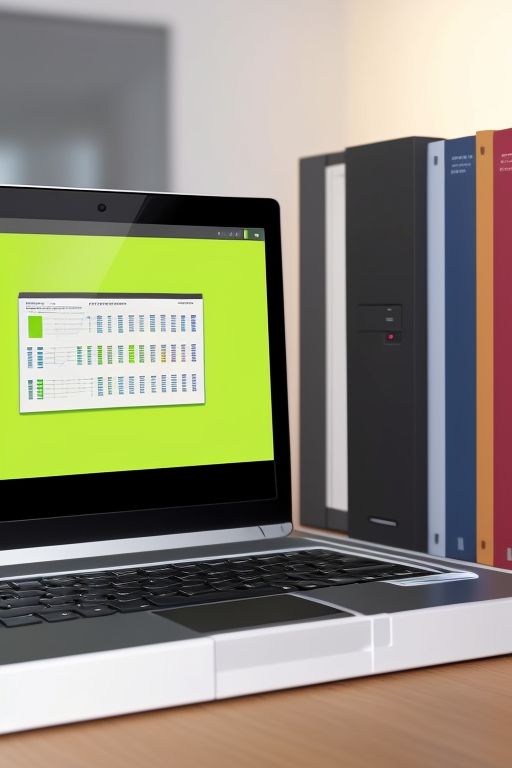Function SpellOutNumber(number As Double) As String
On Error Resume Next
Select Case number
Case 0: SpellOutNumber = “zero”
Case 1: SpellOutNumber = “one”
Case 2: SpellOutNumber = “two”
Case 3: SpellOutNumber = “three”
Case 4: SpellOutNumber = “four”
Case 5: SpellOutNumber = “five”
Case 6: SpellOutNumber = “six”
Case 7: SpellOutNumber = “seven”
Case 8: SpellOutNumber = “eight”
Case 9: SpellOutNumber = “nine”
Case 10: SpellOutNumber = “ten”
Case 11: SpellOutNumber = “eleven”
Case 12: SpellOutNumber = “twelve”
Case 13: SpellOutNumber = “thirteen”
Case 14: SpellOutNumber = “fourteen”
Case 15: SpellOutNumber = “fifteen”
Case 16: SpellOutNumber = “sixteen”
Case 17: SpellOutNumber = “seventeen”
Case 18: SpellOutNumber = “eighteen”
Case 19: SpellOutNumber = “nineteen”
Case Is < 30: SpellOutNumber = “twenty-” & SpellOutNumber(number – 20)
Case Is < 40: SpellOutNumber = “thirty-” & SpellOutNumber(number – 30)
Case Is < 50: SpellOutNumber = “forty-” & SpellOutNumber(number – 40)
Case Is < 60: SpellOutNumber = “fifty-” & SpellOutNumber(number – 50)
Case Is < 70: SpellOutNumber = “sixty-” & SpellOutNumber(number – 60)
Case Is < 80: SpellOutNumber = “seventy-” & SpellOutNumber(number – 70)
Case Is < 90: SpellOutNumber = “eighty-” & SpellOutNumber(number – 80)
Case Is < 100: SpellOutNumber = “ninety-” & SpellOutNumber(number – 90)
Case Is < 1000: SpellOutNumber = SpellOutNumber(Int(number / 100)) & ” hundred ” & SpellOutNumber(number Mod 100)
Case Is < 1000000: SpellOutNumber = SpellOutNumber(Int(number / 1000)) & ” thousand ” & SpellOutNumber(number Mod 1000)
Case Is < 1000000000#: SpellOutNumber = SpellOutNumber(Int(number / 1000000#)) & ” million ” & SpellOutNumber(number Mod 1000000#)
Case Is < 1000000000000#: SpellOutNumber = SpellOutNumber(Int(number / 1000000000#)) & ” billion ” & SpellOutNumber(number Mod 1000000000#)
Case Is < 1E+15: SpellOutNumber = SpellOutNumber(Int(number / 1000000000000#)) & ” trillion ” & SpellOutNumber(number Mod 1000000000000#)
Case Else: SpellOutNumber = “Number too large”
End Select
SpellOutNumber = Replace(SpellOutNumber, “-zero”, “”)
End Function
Function ConvertToNumber(inputText As String) As String
‘ Define variables
Dim words() As String
Dim i As Long
Dim Result As Double
Dim Dol As String
Dol = “”
Dim lastval As Long
inputText = Replace(inputText, “-“, ” “)
‘ Split input text into individual words
words = Split(inputText, ” “)
‘ Loop through each word
For i = LBound(words) To UBound(words)
‘ Remove commas and periods
words(i) = Replace(words(i), “,”, “”)
words(i) = Replace(words(i), “.”, “”)
‘ Convert currency symbols to empty string
If InStr(words(i), “$”) > 0 Then
words(i) = “”
End If
‘ Convert spelled-out numbers to their corresponding numeric value
Select Case LCase(words(i))
Case “zero”: Result = Result + 0
Case “one”: Result = Result + 1
Case “two”: Result = Result + 2
Case “three”: Result = Result + 3
Case “four”: Result = Result + 4
Case “five”: Result = Result + 5
Case “six”: Result = Result + 6
Case “seven”: Result = Result + 7
Case “eight”: Result = Result + 8
Case “nine”: Result = Result + 9
Case “ten”: Result = Result + 10
Case “eleven”: Result = Result + 11
Case “twelve”: Result = Result + 12
Case “thirteen”: Result = Result + 13
Case “fourteen”: Result = Result + 14
Case “fifteen”: Result = Result + 15
Case “sixteen”: Result = Result + 16
Case “seventeen”: Result = Result + 17
Case “eighteen”: Result = Result + 18
Case “nineteen”: Result = Result + 19
Case “twenty”: Result = Result + 20
Case “thirty”: Result = Result + 30
Case “forty”: Result = Result + 40
Case “fifty”: Result = Result + 50
Case “sixty”: Result = Result + 60
Case “seventy”: Result = Result + 70
Case “eighty”: Result = Result + 80
Case “ninety”: Result = Result + 90
Case “dollar”: Dol = “$”
Case “dollars”: Dol = “$”
Case “and”: Result = Result * 100
Case “cents”: Result = Result / 100
Case “hundred”:
If Result > 1000 Then
lastval = CInt(Mid(CStr(Result), Len(CStr(Result)), 1))
Result = (Result – lastval) + (lastval * 100)
Else
Result = Result * 100
End If
Case “thousand”:
If Result > 10000 Then
lastval = CInt(Mid(CStr(Result), Len(CStr(Result)), 1))
Result = (Result – lastval) + (lastval * 1000)
Else
Result = Result * 1000
End If
‘result = result + (result Mod 1000) * 1000 – result Mod 1000
Case “million”:
If Result > 100000 Then
lastval = CInt(Mid(CStr(Result), Len(CStr(Result)), 1))
Result = (Result – lastval) + (lastval * 10000)
Else
Result = Result * 10000
End If
‘result = result + (result Mod 1000000) * 1000000 – result Mod 1000000
Case “billion”:
If Result > 1000000 Then
lastval = CInt(Mid(CStr(Result), Len(CStr(Result)), 1))
Result = (Result – lastval) + (lastval * 100000)
Else
Result = Result * 100000
End If
‘result = result + (result Mod 1000000000) * 1000000000 – result Mod 1000000000
End Select
Next i
‘ Return the final numeric value
ConvertToNumber = Dol & Result
End Function

























